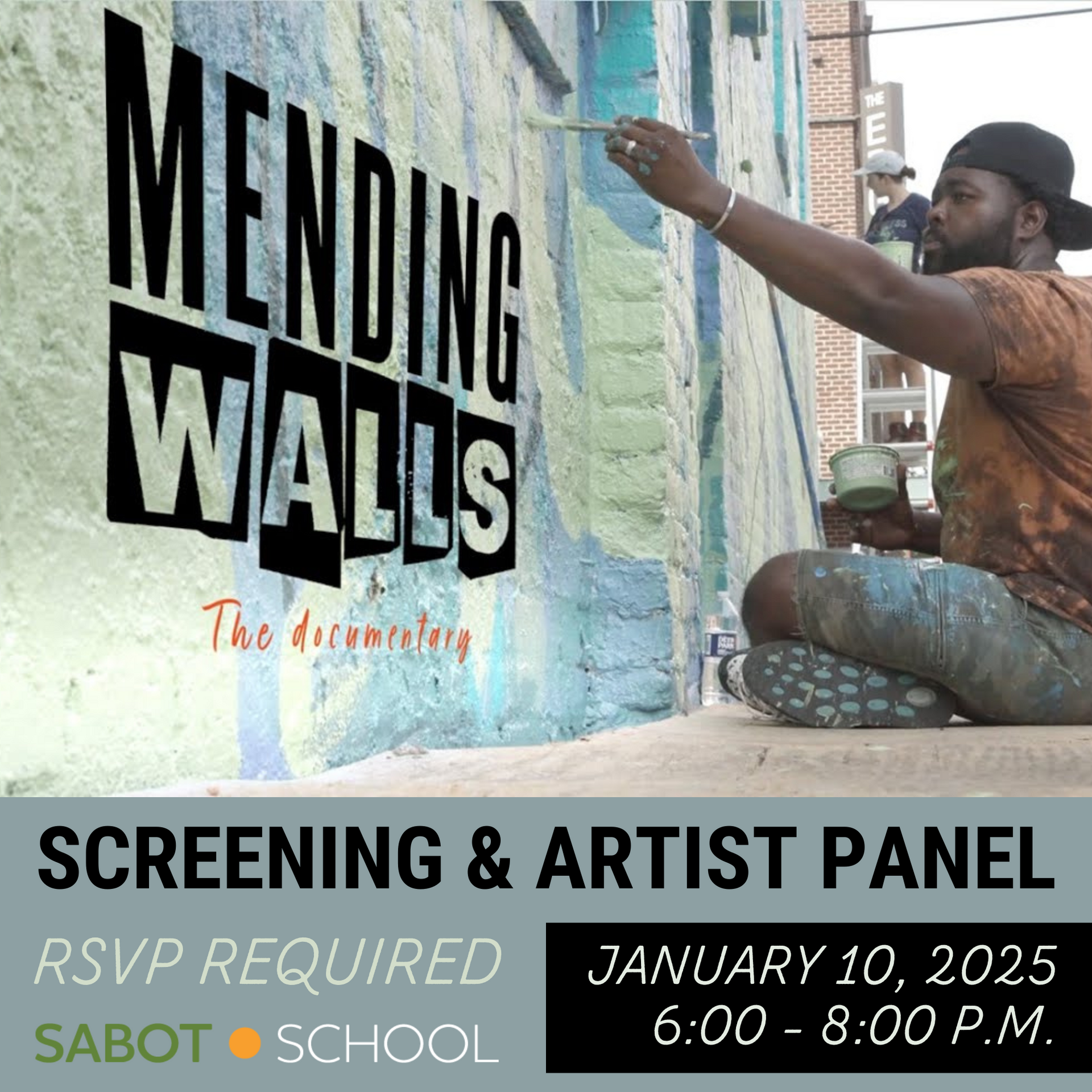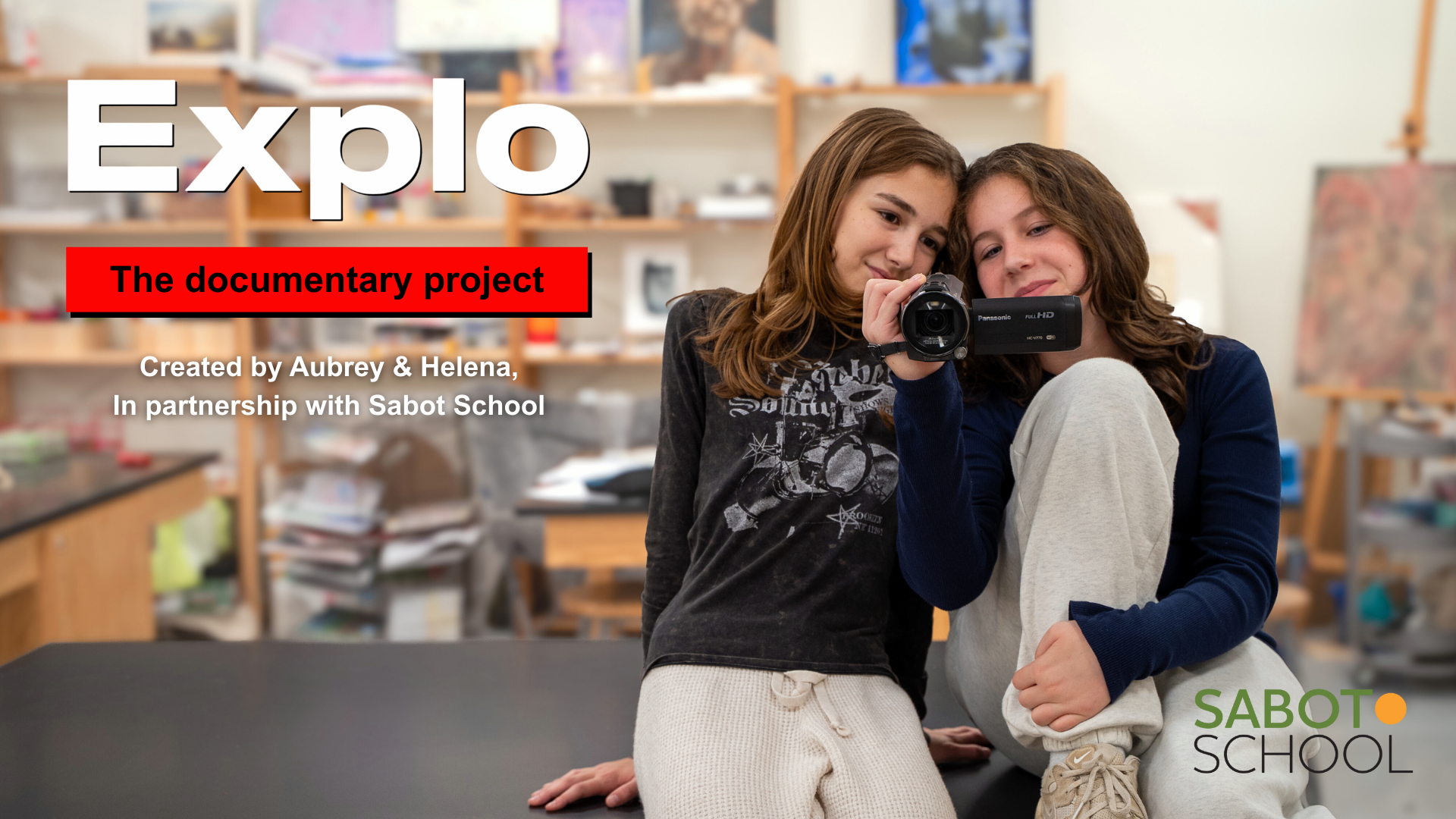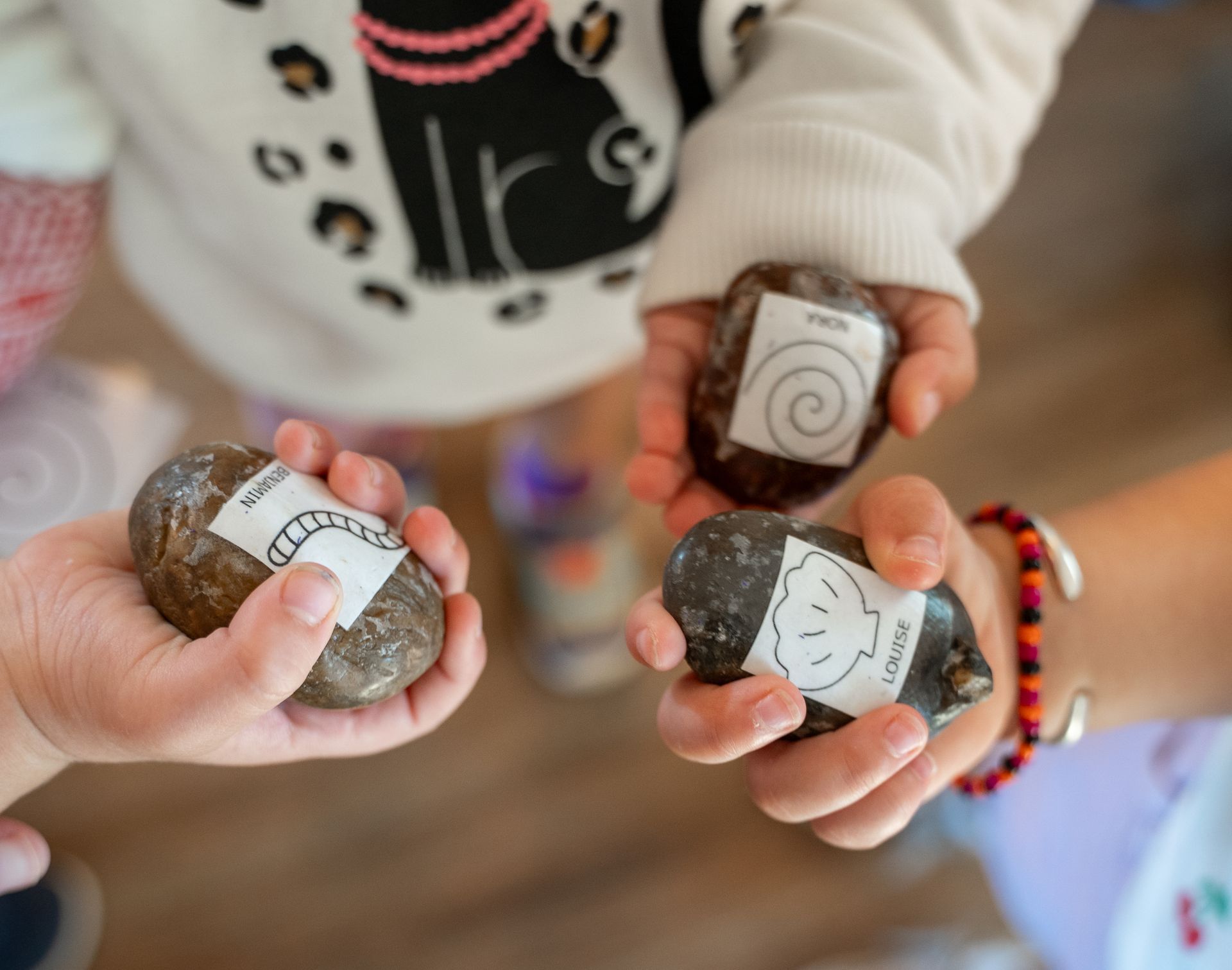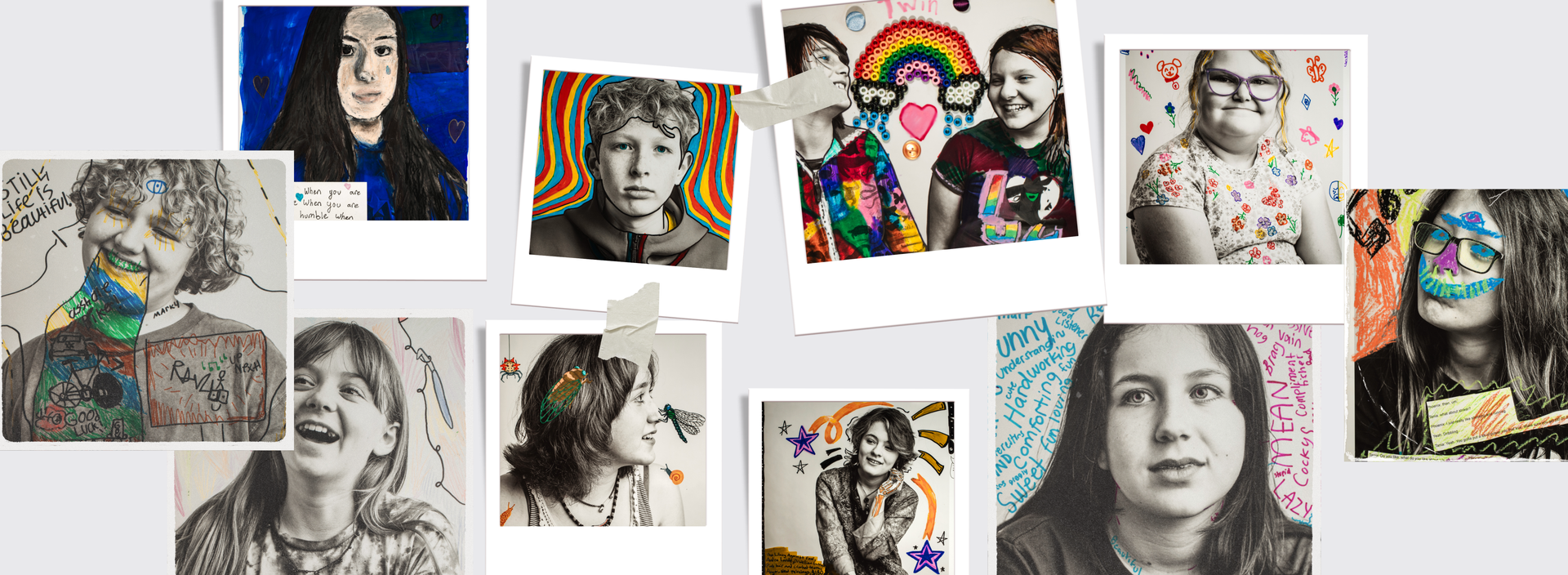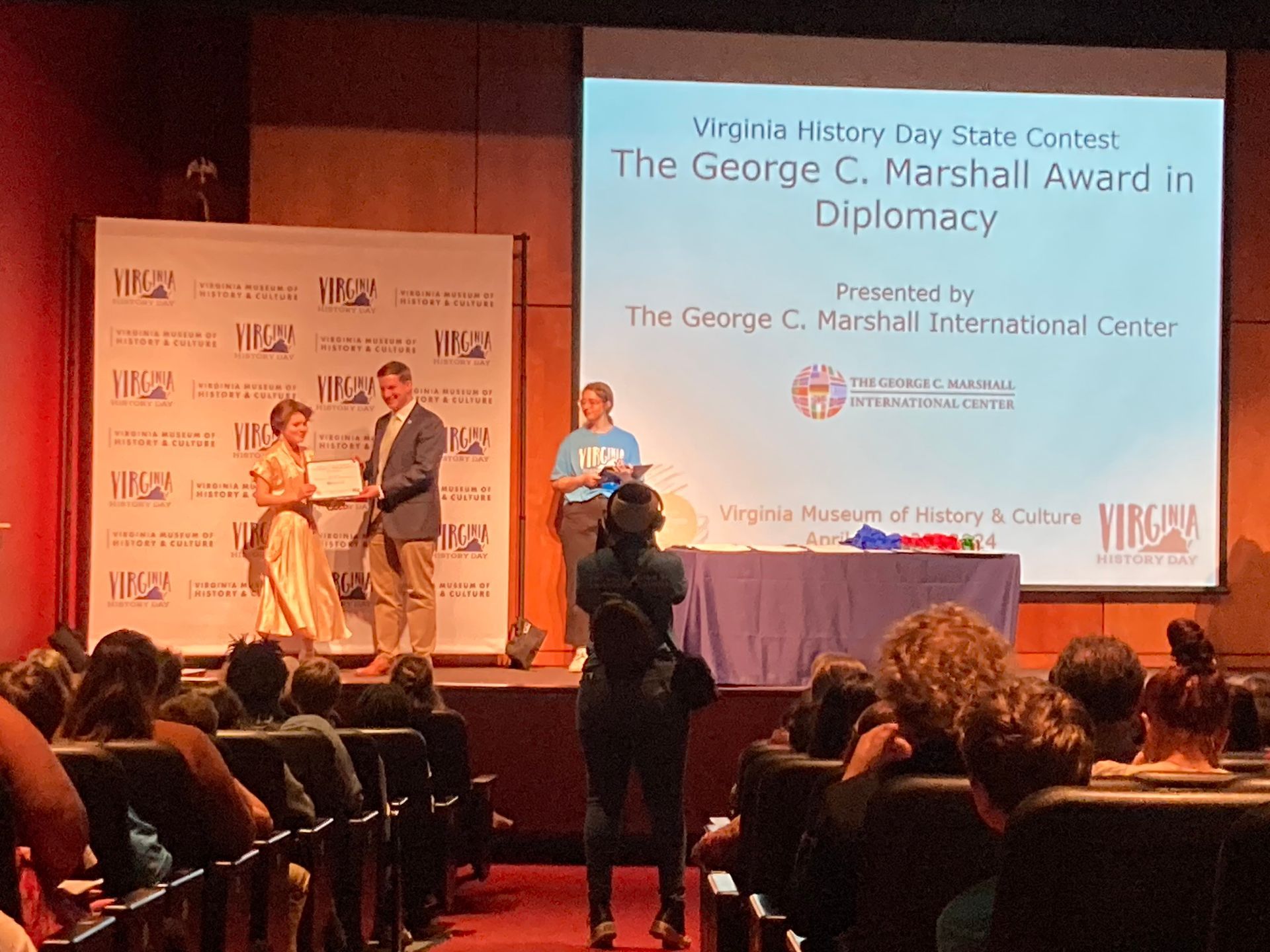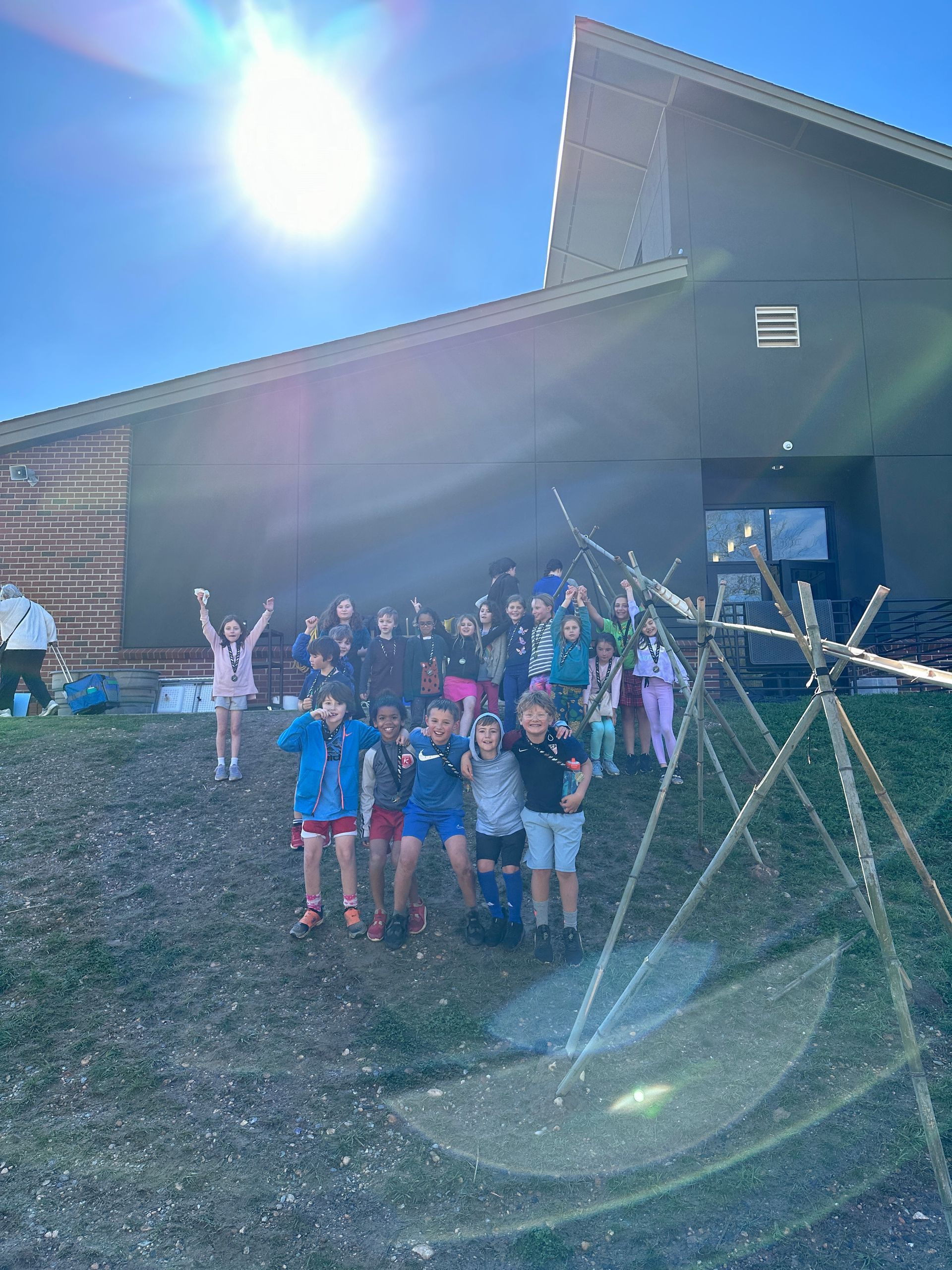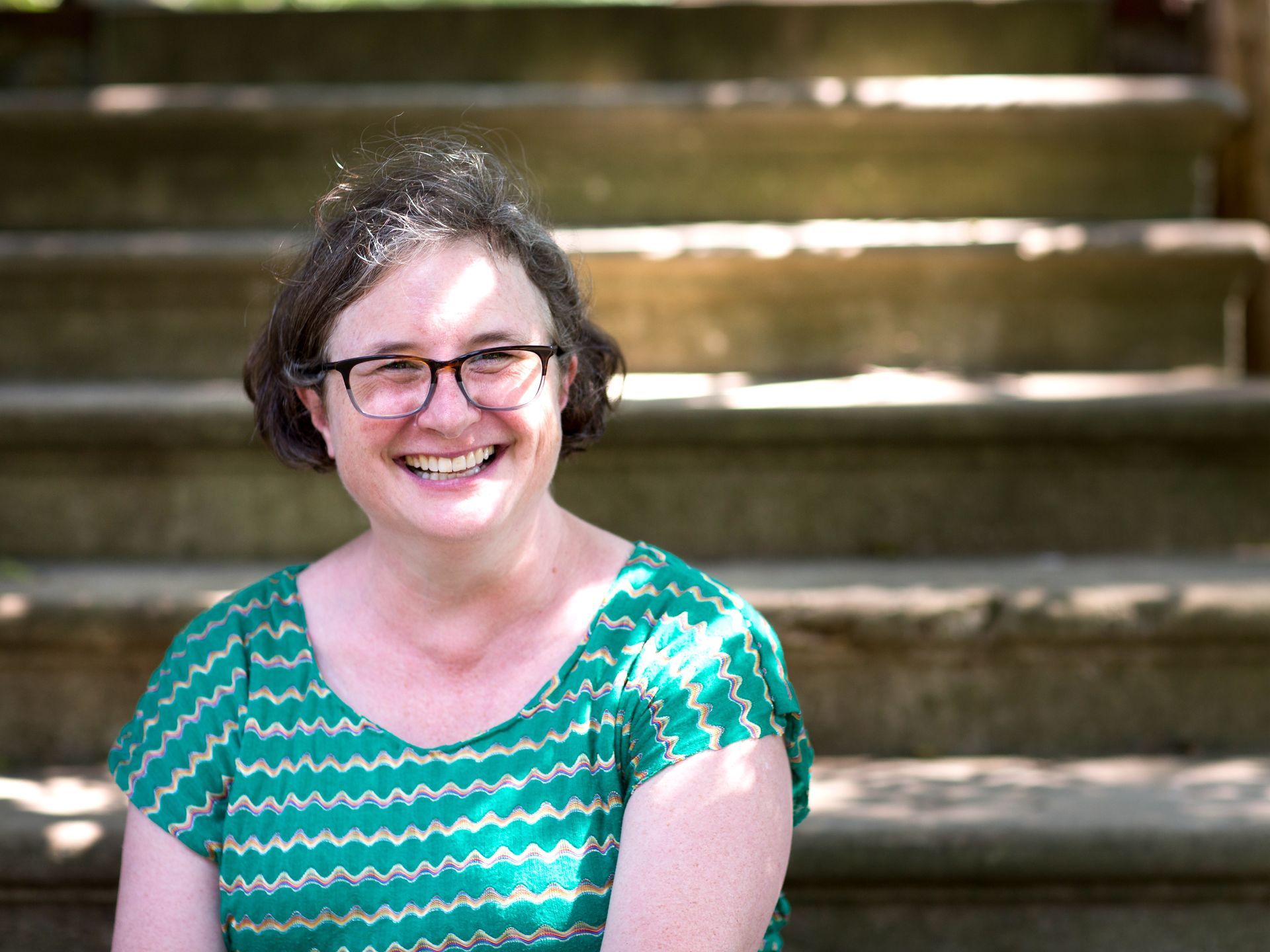Identity: Seen and Unseen
Mission Moment: December
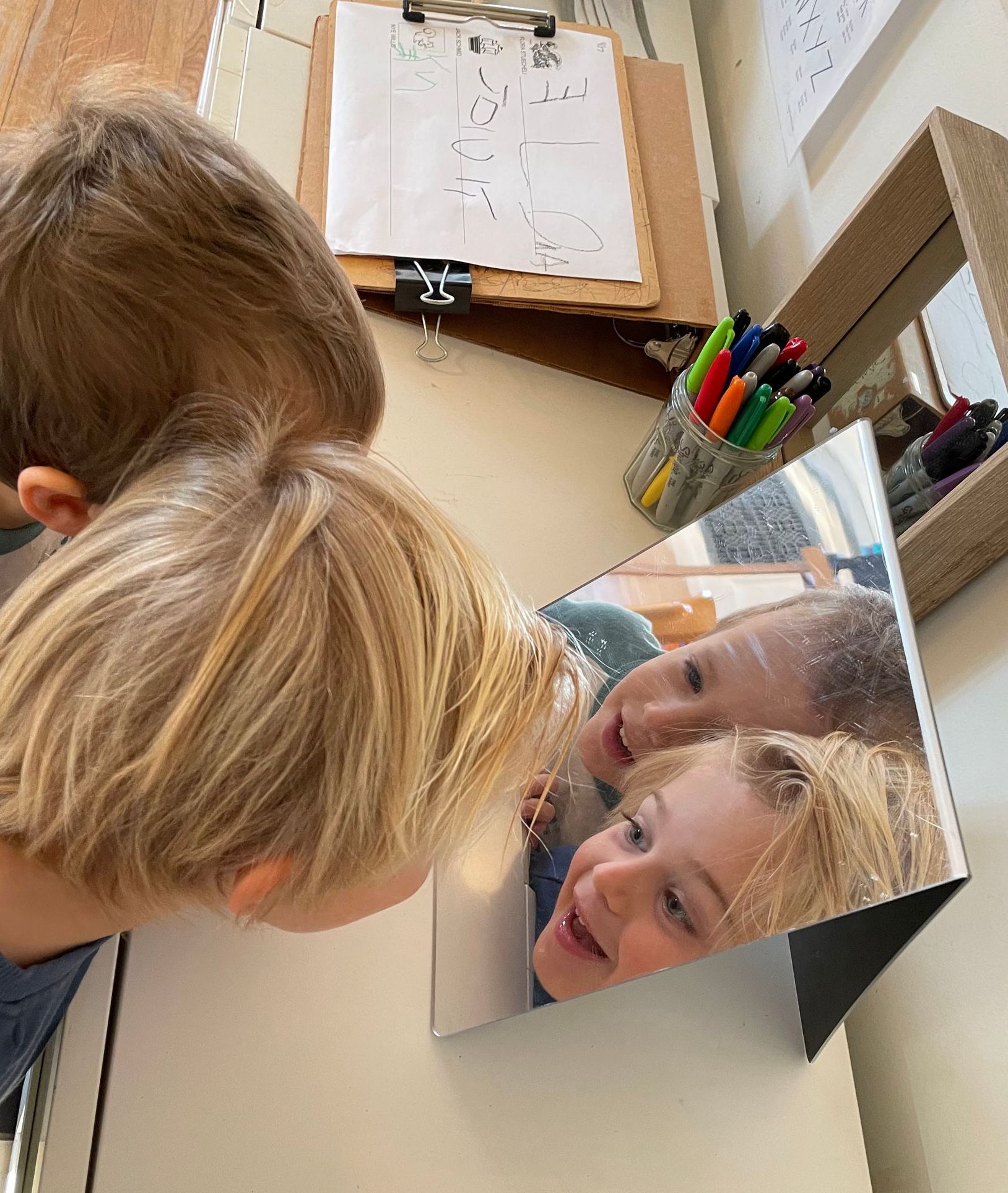
The quest for meaning and understanding is inherently connected to identity. Who am I and what is my purpose? From whom and from where do I come? What do I look like to others and how am I represented? How do I understand the parts of myself I cannot see? What is my body capable of and what is to become of it when it is no longer living?
This mission moment considers a particular thread weaving through Preschool, Grade 4, Grade 5, and Grade 6 concerning identity and the body—the seen and unseen details of a human being. Students are studying facial features and imagining their cells and veins; they are exploring concepts of memory and hiddenness; they are investigating specific movements the body is capable of making; and they are pondering questions of privilege, place and burial.
___________
Preschool children have been noticing and thinking about their bodies, the insides and outsides of them. They are tracing each other’s bodies, looking carefully at details, and they are drawing what they imagine, finding ways to represent what they know. One experiment involved Anna asking children to hold up someone else’s photo to see if they could be identified by the face, rather than by the body or clothes. Children were also offered the iPad to record various poses and movements, taking turns watching one another. (Teacher-researchers are wondering if using this device helped the children to notice more about movement.)
And there is a significant connection to the 4th grade where students are investigating music-making, sound and vibration. Studying vibration requires, of course, the careful observation of movement. The students have noted that vibrations seem different depending on the loudness of the sound or indeed the type of sound they are making. They were invited to show vibrations with their bodies and they blew through their lips. They then suggested we look carefully at the movement of lips using slow-motion videos. What the children noticed with slo-mo video recordings is that when we blow air through our lips the whole face vibrates. Students were invited to watch the videos carefully and then asked to draw what they observed. The resulting drawings highlight how when children directly experience scientific concepts and investigate them themselves, they do notice what other scientists notice. They not only drew waves but also could explain why they shaped them as they did.
We might recall Jean Piaget’s maxim, “Each time one prematurely teaches a child something he could have discovered himself, that child is kept from inventing it and consequently from understanding it completely.”
Meanwhile, in 5th grade, students are researching the Larus house. As Marla documents, their questions and reflections seem to fall within three major areas:
—Memory
/ Recalling their personal experiences at school in the Main House, looking for how the building remembers the Larus family, and wondering in turn how we might be remembered.
—Hiddenness
/ Looking at and for hiding places and hidden spaces and wondering why they exist and what purpose they (once) served.
—Public (exterior) representation / the co-existence of
beautiful cosiness and ostentation.
The students have a lot of questions and have begun their research, starting with photographs of the Laruses, who built the home, and internet research about Larus Brothers Tobacco, founded in 1877. They have discovered that the Larus brothers used prisoners for labor in their segregated factory, which prompted new questions in 5th grade concerning human rights, privilege, wealth, economic systems, the 13th Amendment, and the intersection of these facts with other historical events in US history.
Students are observing closely such details as the number and types of materials used, the style and size, and the attention given to comparatively simple elements, which indicate to them that the house was at least partially about “showing off their wealth.”
There is additional interest in hidden or secret interior areas of the building. For example, the downstairs bathroom has a door at the back, and the door clearly goes to the outside. One can see it through the ventilating fan. But the inside and outside are different heights. There is clearly some missing space.This is a study in identity, appearance, details, and representation, an important thread in the work across grade levels, beginning in preschool and continuing in 6th grade where students are marrying their work of Social Studies and Language Arts, practicing their foundational historical thinking and research skills (including identifying key information about a source, evaluating the usefulness and reliability of a source, and corroborating sources with others, an essential skill as Middle School students work intently on their National History Day Projects which depend on carefully curated primary and secondary sources.)
Of note, students are debating whether history changes and are discussing examples of the "Master Narrative." Their comments include:
"We can't change the past, but history isn't the past, it is the telling of the past. The telling of the past can change."
"Events in the past can't change, but when we find new information then our understanding of those events changes."
"Many of the things [events] on our list really seemed to back up the Master Narrative. Many of the events were either run by or centered around 'White Americans.'"
Their questions helped to frame a field trip to two different cemeteries in Richmond—Hollywood Cemetery and the African Burial Ground—with a guide from the Valentine Museum. They worked in small groups with iPads and clipboards and their documentation is, as Sarah writes, “an excellent example of their ability to devise inquiry questions, determine what is important, reflect on their experience and choices, and communicate it clearly to an audience of their peers.”
You may view this presentation, as prepared for Sabot's Board of Directors, in its entirety HERE.
SHARE THIS POST
